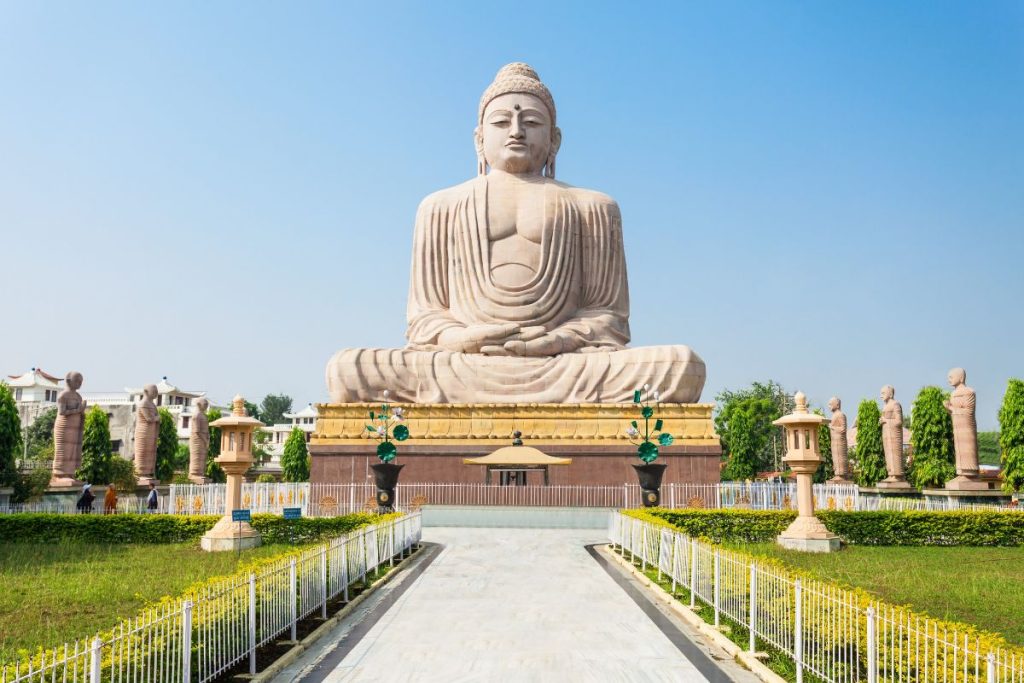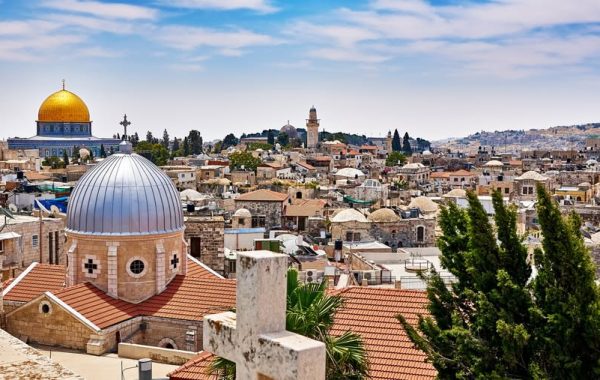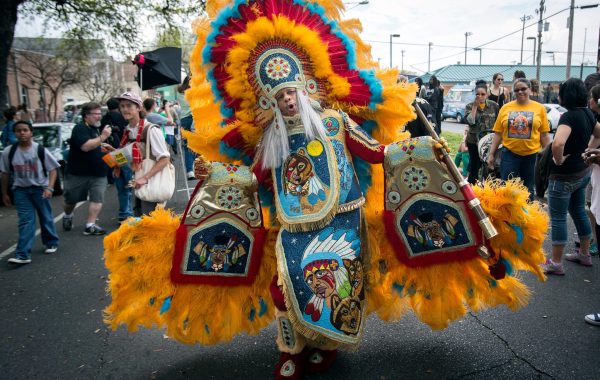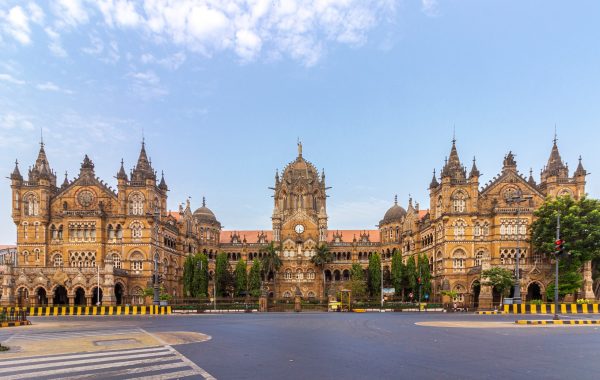Nalanda, Gaya, and Odisha are set to reestablish themselves as key destinations in India’s tourism revival, inviting travelers to explore and experience the rich heritage and natural beauty of the region.
In her 7th record Union Budget, as Nirmala Sitharaman presented her plans for the tourism sector in Budget 2024, she emphasized substantial reforms targeting the revitalization of historical and cultural sites. This announcement brought attention to several prominent destinations in India. Notably, Nalanda, Gaya, and Odisha stood out, each offering a wealth of history, spirituality, and natural beauty.
“Tourism has always been a part of our civilisation. Our efforts to position India as a global destination will also create jobs and unlock opportunities in other sectors. I propose Vishnupath temple at Gaya, and Mahabodhi temple in Bodhgaya are of immense spiritual importance. We will develop corridors there on the model of the successful Kashi Vishwanath corridor to make them a world-class tourist destination. A comprehensive development initiative for Rajgir and Nalanda, in Bihar will be pursued. We will support tourism in Odisha that has scenic beauty, temples, craftsmanship, natural landscapes, wildlife sanctuaries and pristine beaches,” said Nirmala Sitharaman.
The overall allocations for the tourism ministry have remained largely unchanged, with the government designating approximately ₹2,478 crore, close to the ₹2,400 crore allocated in the previous fiscal year (FY24), according to budgetary documents. The actual expenditure for the previous year was ₹1,692 crore.
Out of the allocated ₹2,478 crore, ₹2,080 crore is earmarked for tourism infrastructure development. A significant portion of this amount, ₹1,750 crore, is dedicated to developing tourist circuits around specific themes under the Swadesh Darshan scheme. Additionally, ₹240 crore is allocated for the Pilgrimage Rejuvenation and Spiritual Augmentation Drive (PRASAD) scheme. The Swadesh Darshan scheme, launched in 2014-15, aims for the integrated development of theme-based circuits as sustainable and responsible tourism destinations within India. The PRASAD scheme, also launched in 2014-15, focuses on rejuvenating and augmenting pilgrimage sites.
India has also increased its budgetary allocation towards ‘Incredible India’ for international marketing campaigns this fiscal. But this figure is just a sixth of the spending it has earmarked for domestic tourism marketing. Just ₹33 crore has been earmarked for overseas promotion and publicity marketing abroad where international travellers can see advertisements of India in their own country and plan their travel here. But as much as ₹177 crore has been given for domestic tourism promotion and marketing publicity, according to the Budget documents released by the government today.
Highlights from Budget so far for the Travel and Tourism Sector
- A simplified tax regime for foreign cruise companies operating domestic vessels in India is being introduced.
- There will also be a special emphasis on boosting spiritual and religious tourism across the country.
- Additionally, efforts will be made to improve beach destinations to offer a better experience for both domestic and international tourists.

Special Focus on Bihar and Odisha:
- Bihar: The state will see extensive development and promotion of its major spiritual and historical sites. Key initiatives include:
- Bodh Gaya: Known for its association with Lord Buddha, Bodh Gaya will receive receive focused development to enhance its appeal as a major pilgrimage site.
- Rajgir: This ancient city, famous for its Jain temple complexes and sacred hot springs, will undergo comprehensive development to boost religious and wellness tourism
- Nalanda: Efforts will be made to develop Nalanda as a significant tourist center reviving the historical Nalanda University to its former glory.
- Vishnupada: The Vishnupada Temple in Gaya will be developed into a major spiritual and tourist destination.
- Odisha: The state will be promoted for its potential as a destination for religious and beach tourism.
Here is a closer look at the destinations highlighted in the Union Budget for tourism promotions: Nalanda, Gaya, and Odisha. Each of these locations stands out for its rich tapestry of history, spirituality, and natural splendor.
Nalanda
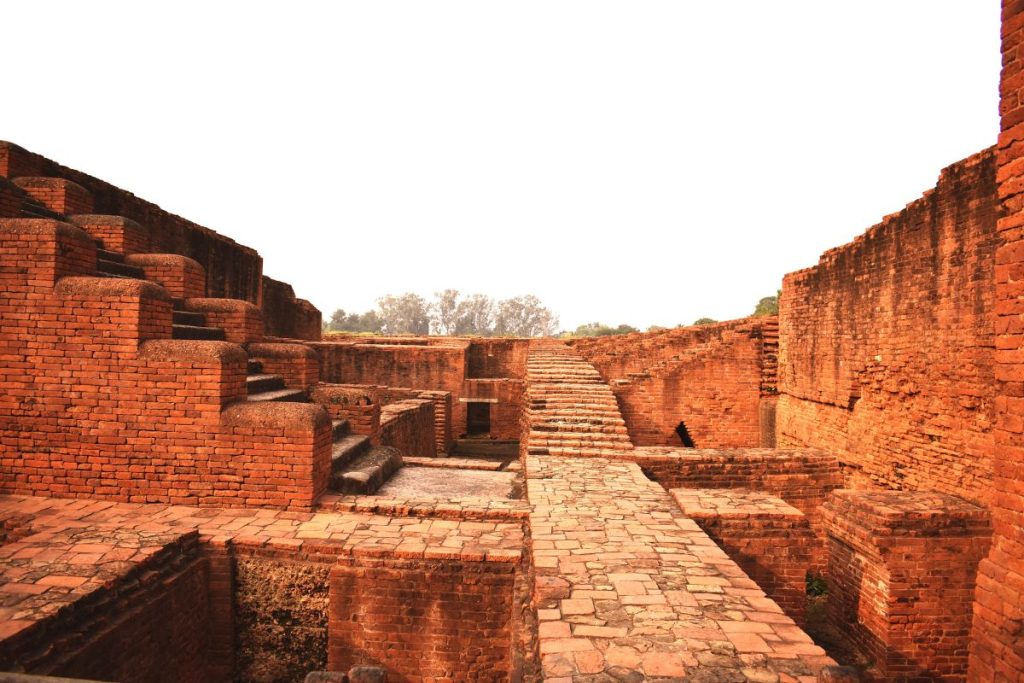
Nalanda, a historical gem in the Indian state of Bihar, is renowned for its ancient university, which was a center of learning and excellence from the 5th to the 12th century. This ancient university attracted scholars and students from various parts of the world, including China, Korea, Japan, Tibet, Mongolia, Turkey, Sri Lanka, and Southeast Asia. It boasted an extensive library, sophisticated educational facilities, and a diverse curriculum encompassing Buddhist studies, philosophy, mathematics, medicine, and more. The ruins of Nalanda, now a UNESCO World Heritage Site, offer a glimpse into its glorious past, showcasing the architectural brilliance and scholarly legacy that once flourished there. Today, Nalanda stands as a symbol of India’s rich educational heritage and continues to inspire visitors with its profound historical and cultural significance.
Bodh Gaya
Bodh Gaya, located in the Indian state of Bihar, is one of the most revered pilgrimage sites in the world for Buddhists. It is here, under the sacred Bodhi Tree, that Prince Siddhartha Gautama attained enlightenment and became the Buddha over 2,500 years ago. The Mahabodhi Temple Complex, a UNESCO World Heritage Site, marks this hallowed ground and is a magnificent example of ancient Indian architecture. Pilgrims and tourists from around the globe flock to Bodh Gaya to meditate, offer prayers, and experience the serene atmosphere of this spiritual epicenter. The complex includes various shrines, stupas, and a large statue of Buddha, making it a focal point for both religious devotion and historical exploration. Bodh Gaya’s timeless tranquility and profound spiritual heritage continue to inspire and attract visitors, reflecting its enduring significance in the Buddhist faith and its rich cultural legacy.
Vishnupad Temple
Vishnupad Temple, a significant Hindu site in Gaya, is dedicated to Lord Vishnu and features his footprint, known as Dharmasila. Situated on the banks of the Falgu River, the temple’s origins are shrouded in legend, with tales of Lord Rama and Goddess Sita visiting the site. The present structure was restored by Devi Ahilya Bai Holkar, ruler of Indore, in 1787. Inside, visitors can see the 40 cm footprint of Lord Vishnu on solid rock, which mythology says marks the spot where Vishnu subdued the demon Gayasur. For a stunning view, visitors can climb 1,000 stone steps to the top of Brahmajuni Hill, located a kilometer southwest, offering panoramic vistas of the temple and its surroundings.
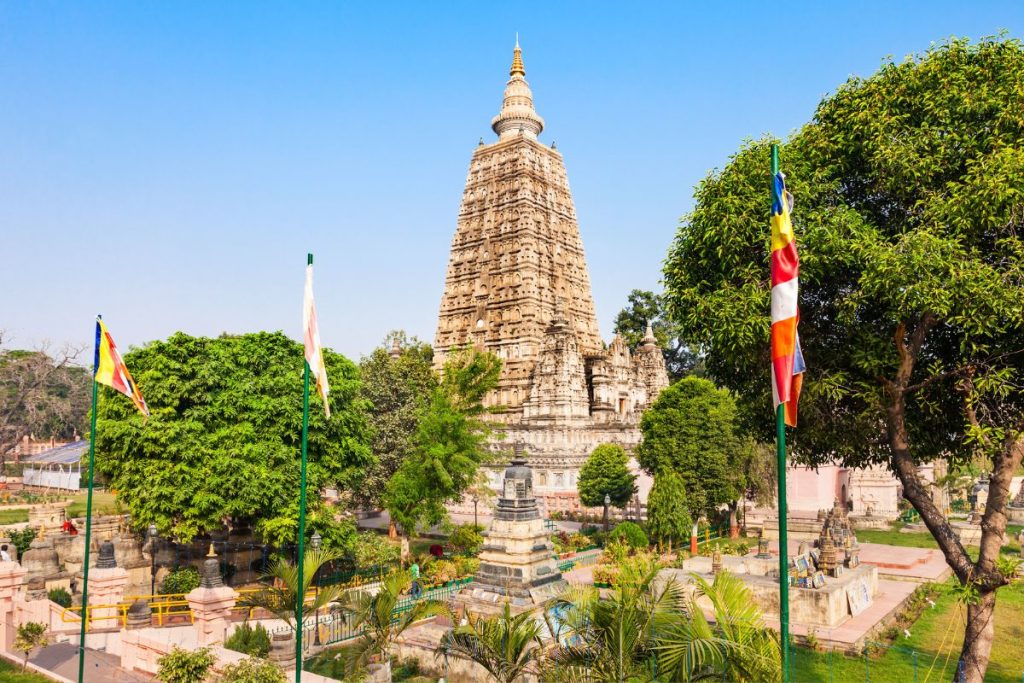
Mahabodhi Temple
The Mahabodhi Temple, located in Bodh Gaya, Bihar, is a revered UNESCO World Heritage Site and a significant pilgrimage destination for Buddhists worldwide. This ancient temple marks the spot where Siddhartha Gautama, the Buddha, attained enlightenment under the sacred Bodhi Tree over 2,500 years ago. The temple complex, an architectural marvel, features a towering pyramidal spire, intricately carved details, and a serene lotus pond. Within the temple, a colossal gilded statue of Buddha in the Bhumisparsha Mudra, or “earth-touching gesture,” symbolizes his moment of enlightenment. Surrounded by lush gardens and numerous smaller stupas and shrines, the Mahabodhi Temple offers a tranquil retreat for meditation and reflection, attracting visitors and devotees who seek to connect with its profound spiritual heritage.
Rajgir
Rajgir, a historic town in the Indian state of Bihar, is steeped in spiritual significance and ancient heritage. Nestled in a verdant valley surrounded by hills, Rajgir was the first capital of the Magadha kingdom and holds a prominent place in both Buddhist and Jain traditions. It was a favorite retreat of Lord Buddha, who spent several years here, delivering sermons and meditating. Rajgir is also linked to Lord Mahavira, the founder of Jainism, who spent 14 years in this region. The town boasts numerous historical and religious sites, including the Vishwa Shanti Stupa, the ancient Cyclopean Wall, and the hot springs at Saptaparni Cave, renowned for their therapeutic properties. Rajgir’s blend of natural beauty, historical depth, and spiritual resonance makes it a captivating destination for pilgrims, history enthusiasts, and travelers seeking tranquility and enlightenment.
Odisha
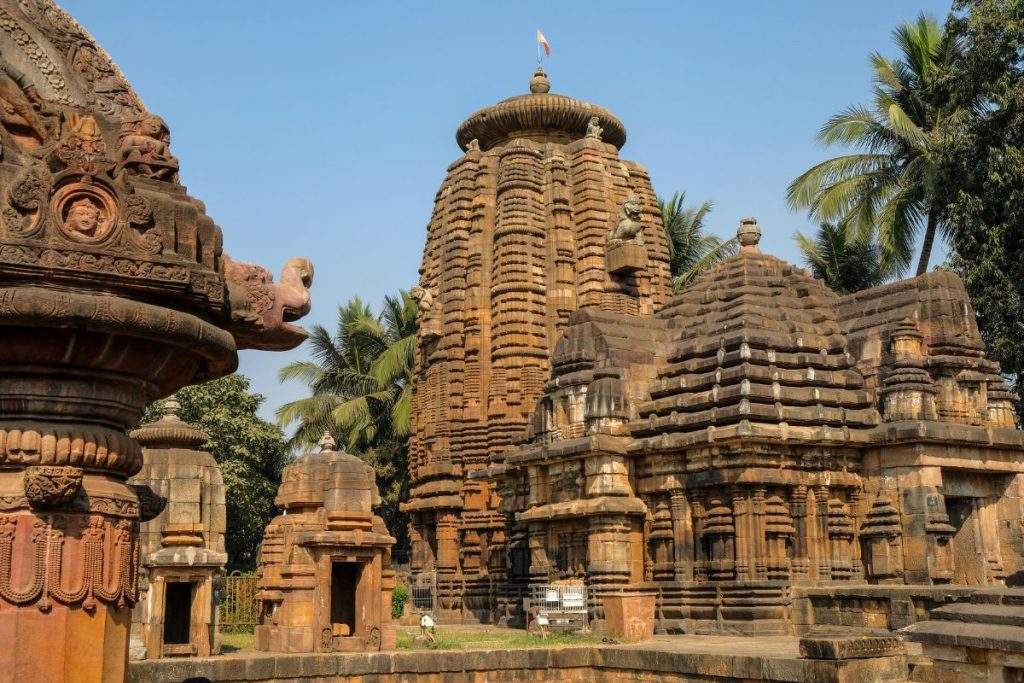
Must Read: 6 Magnificent Temples In Puri, Odisha For A Divine Pilgrimage
Odisha, located on the eastern coast of India, is a treasure trove of natural and cultural wonders. Known for its rich heritage and vibrant traditions, the state boasts an array of stunning temples, including the iconic Sun Temple at Konark and the sacred Jagannath Temple in Puri. The state is home to numerous wildlife sanctuaries and national parks, such as Simlipal and Chilika Lake, Asia’s largest brackish water lagoon, which attracts a multitude of migratory birds. Odisha’s vibrant festivals, traditional dance forms like Odissi, and exquisite handicrafts reflect its deep-rooted cultural heritage. Whether exploring ancient architectural marvels or basking in the natural beauty, Odisha offers a captivating blend of experiences that highlight its status as a true gem of India.
Sitharaman’s reforms are designed to enhance infrastructure and accessibility throughout Odisha’s tourist regions, promoting sustainable development while safeguarding the state’s natural and cultural assets for future generations.
Kashi Vishwanath Temple
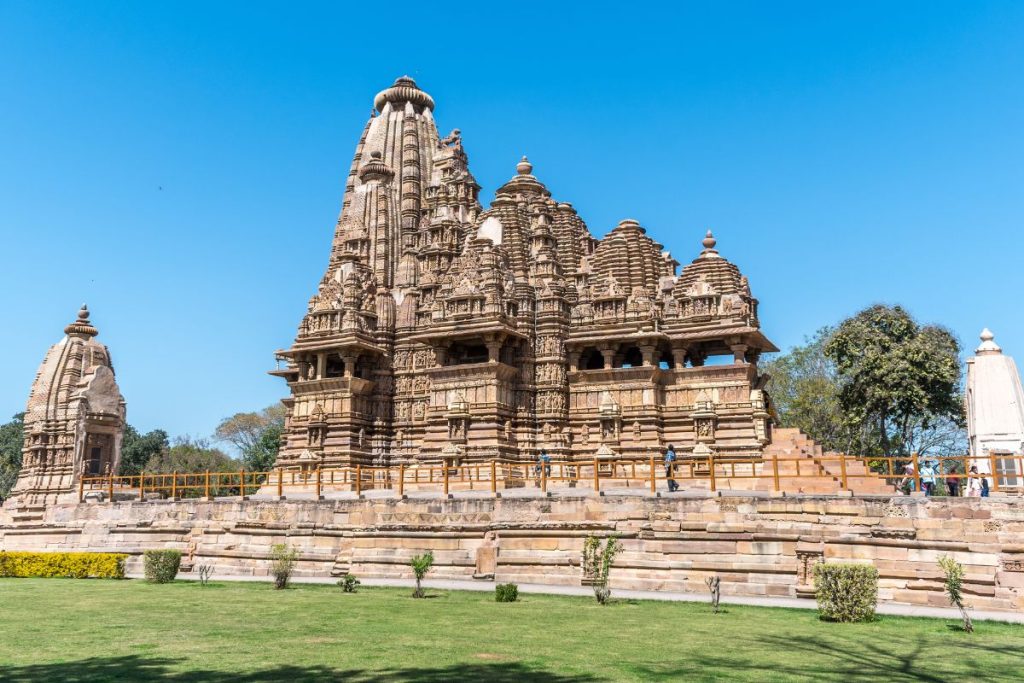
The Kashi Vishwanath Temple, located in Varanasi, Uttar Pradesh, is one of Hinduism’s most sacred temples dedicated to Lord Shiva. Situated on the western bank of the holy river Ganges, this revered shrine is an integral part of the spiritual and cultural fabric of India. The temple’s main deity, Vishwanath or Vishweshwara, signifies the “Ruler of the Universe,” and it is believed that a visit to this temple and a dip in the Ganges can liberate devotees from the cycle of rebirth. The temple’s golden spire and domes, donated by Maharaja Ranjit Singh in the 19th century, gleam magnificently, drawing pilgrims and tourists alike. The Kashi Vishwanath Temple’s historical and spiritual significance is complemented by its vibrant surroundings, bustling with rituals, chants, and the timeless essence of devotion, making it a focal point of faith and culture in Varanasi.
As India advances towards economic growth, the tourism sector is emerging as a crucial driver of job creation, cultural preservation, and sustainable development.
Nalanda, Gaya, and Odisha showcase the diverse experiences available to travelers, scholars, and pilgrims, offering a deep exploration of India’s historical, spiritual, and natural heritage.With targeted investments and strategic reforms, Sitharaman’s vision aims to fully realize the potential of these destinations, encouraging global visitors to rediscover India’s cultural treasures and connect with its rich history and vibrant present. Travelers exploring these timeless locales will experience the diversity and beauty that characterize India’s tourism landscape.
For latest travel news and updates, food and drink journeys, restaurant features, and more, like us on Facebook or follow us on Instagram. Read more on Travel and Food Network
Related Coverage
6 Magnificent Temples In Puri, Odisha For A Divine Pilgrimage


